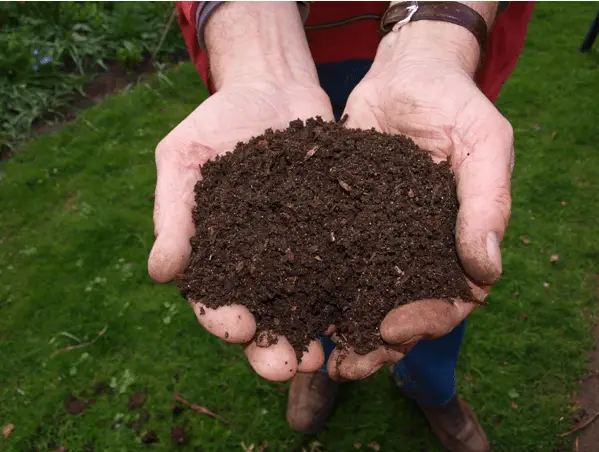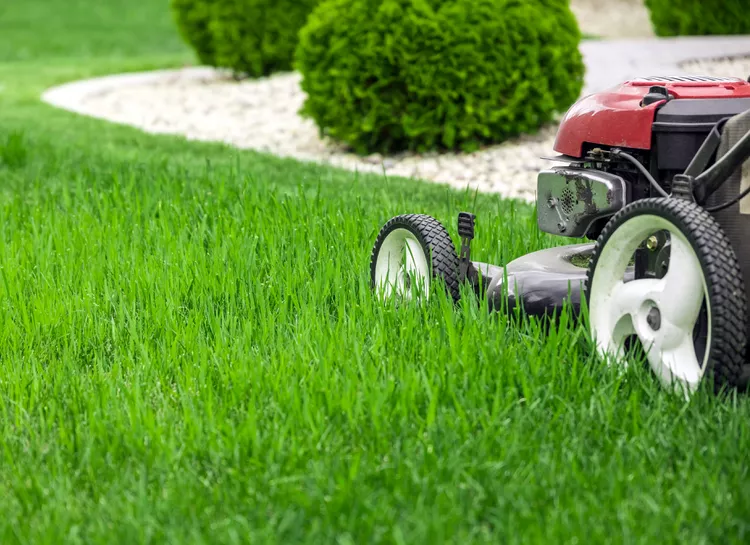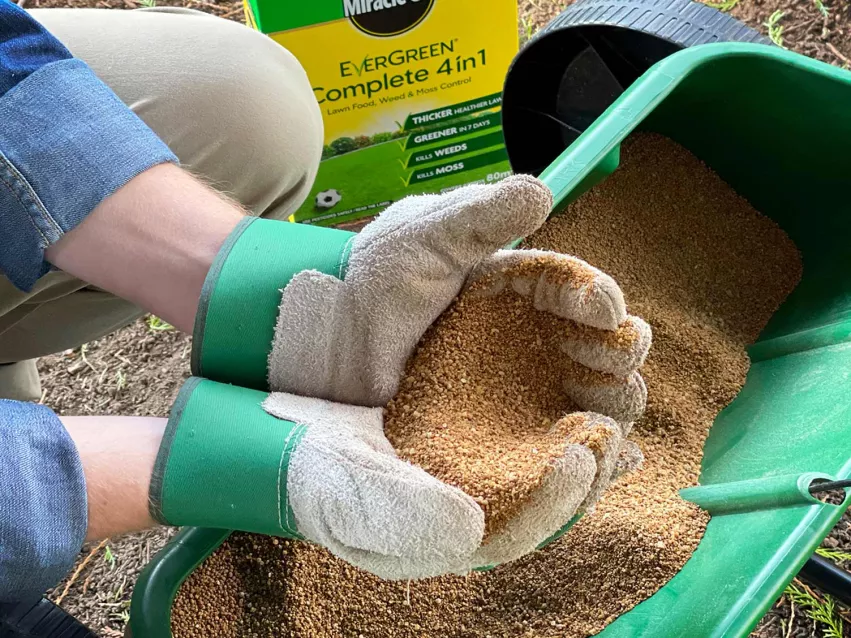How to Prepare Your Lawn for Spring
Last Updated on April 3, 2025 by Duncan
For a good-looking lawn, it’s best not to wait until the days are longer and warmer to start prepping your lawn; there are a few basic things you can do right now to make a big difference this spring. To help you out, here is a quick checklist of pre-spring lawn suggestions that will pay off in the coming weeks and months.
Clean up the winter debris.
Winter weather comes with fallen leaves, branches, and other yard debris that accumulate on your lawn throughout the milder months. A minor cleanup and raking will have your yard ready for the spring season.
Getting rid of all the unattractive winter debris will deliver the much-needed sunshine and warmth to your lawn, the vital component to trigger spring development. In other words, cleaning up your yard for the spring is beneficial to your lawn’s health as well as its appearance.
You should rake away any leaves and debris and consider composting them to recycle the nutrients. Removing weeds and fungus is also an essential step in making your lawn seem lovely again, as it ensures that the nutrients in the soil are reserved solely for your soon-to-be gorgeous green grass and not for any unwanted intruders.
Aerate the soil
You should do aerating in the winter, but if you haven’t done it yet, now is the best time to do it. This is a crucial spring lawn care activity because after winter, your soil is likely to be severely compacted, a result of the rainfall and snow, the weight of trash on the surface, and the low levels of root growth during the cold months.
If you don’t aerate, you risk drainage problems, with water pooling in any small troughs in an uneven lawn, drowning these areas while leaving the higher ground with very little moisture, resulting in weak grassroots.
It’s pretty simple to aerate the lawn with a pitchfork, a lawn corer, or aeration shoes.
The best outcomes will come from penetrating no more than three inches apart and at least three inches deep.
Apply pre-emergent herbicide
You need to apply a pre-emergent herbicide to prevent troublesome weeds from cropping up and ruining your lawn before spring arrives. Pre-emergents, as their name implies, prevent weeds from emerging in the first place, which is helpful if you anticipate the same type of weed to appear each year or to control weeds before they occur so that you can spend less time outside hand-pulling them.
Thankfully, there are many of these herbicides in the market that you can go for. After buying the herbicides, the next thing you should do is to ensure that you apply them appropriately.
Analyze the condition of your soil.
Poor soil quality will inhibit grass growth. To ensure that you have the correct type of soil, you should test it. Your primary concerns here are the pH level and the levels of nitrogen, phosphorous, and potassium (NPK).
For a great experience, your soil should ideally be between 6 and 7.5 and should have a high level of all three of the primary nutrients.
Fortunately, testing your soil is quite simple. You can buy a simple soil test from your local nursery to help you assess the situation.
You should add lime to your lawn to increase pH, sulfur to decrease pH, and soil enhancer rich in the N, P, or K.
If you aren’t confident in your ability to properly test your soil, let a professional help you out.
Apply a fungicide
It can be challenging to detect disease if your lawn has not yet emerged from dormancy and begun to grow green—everything may still appear brown. If you suspect illness in your lawn or have previously experienced disease around this time of year, it is recommended that you apply a preventive fungicide first.
Being safe is always preferable to being sorry. For a great experience, buy a fungicide that targets the specific type of disease you’re dealing with. Combining fungicide chemistries is the most efficient strategy to target and treat a disease in your turfgrass.
Top dress the soil
Top dressing is the process of supplementing your lawn’s current soil with a combination that closely resembles it. A decent mix of sand, dirt, and loam works best, especially after aeration.
You should spread a half-inch layer of top dressing to the lawn to improve soil conditions. The better the soil, the better the lawn. You should keep in mind that you should do top dressing only when the lawn is dry.
Overseed the lawn
If your grass suffered some damage last year, learning how to seed a lawn is an excellent idea. In a nutshell, mow your grass down to about an inch tall and then rake it using a spring tine rake to loosen the soil beneath.
You should oversee the bare soil at half the suggested rate, then water promptly. You should then apply a nitrogen-rich fertilizer.
Start mowing
You should begin mowing as soon as your lawn begins to grow again. Allowing grass to grow too tall can harm root health and trigger a host of other problems in your yard.
Mow at least once a week, if not more, in early spring. During the first mow of the year, you should scalp and bag your fully established Bermuda and Zoysiagrass. This reduces the quantity of thatch on your lawn, which prevents it from receiving sunlight, fertilizer, or water. Your first mowing should happen around mid-March.
Fertilize the lawn
It is critical to use the right lawn care products. Apply fertilizer in the spring to get it started right. For optimal results, apply a slow-release fertilizer. Its critical nutrients break down over time, so you won’t have to reapply the fertilizer as frequently; in most situations, you may wait six to eight weeks between treatments.
Tune up your lawnmower.
Perform an early spring tune-up on your lawn mower to ensure it’s ready for the summer grass-cutting season. Replace the spark plug, change the oil, grease the fittings, install a new air filter, clean the carburetor, scrape clean the underside of the mower deck, and sharpen the blades.
You should tune up your string trimmer and ensure you have enough cutting string on hand for the next season.
Revive the dead patches.
Dead patches are unavoidable, especially following an arid summer and/or highly wet winter. Depending on how the year went for your lawn, you may notice parts that appear brown and uninteresting or have turned into a muddy mess where grass once grew. Even the rest of the lawn may seem sparse and lack the bright emerald green you seek.
Don’t worry; you can bring these patches back to life. You should cut the dead patch back to bare earth, then roll on new turf.
You should also remove the dead grass and rake it back to expose and loosen the soil before planting new grass seeds.
In either case, you should aim to match your current lawn species. Proper establishment also necessitates that you make turf/seed-to-soil contact and water the new arrivals right away. To enhance root growth, use a high-quality, phosphorus-rich fertilizer.


